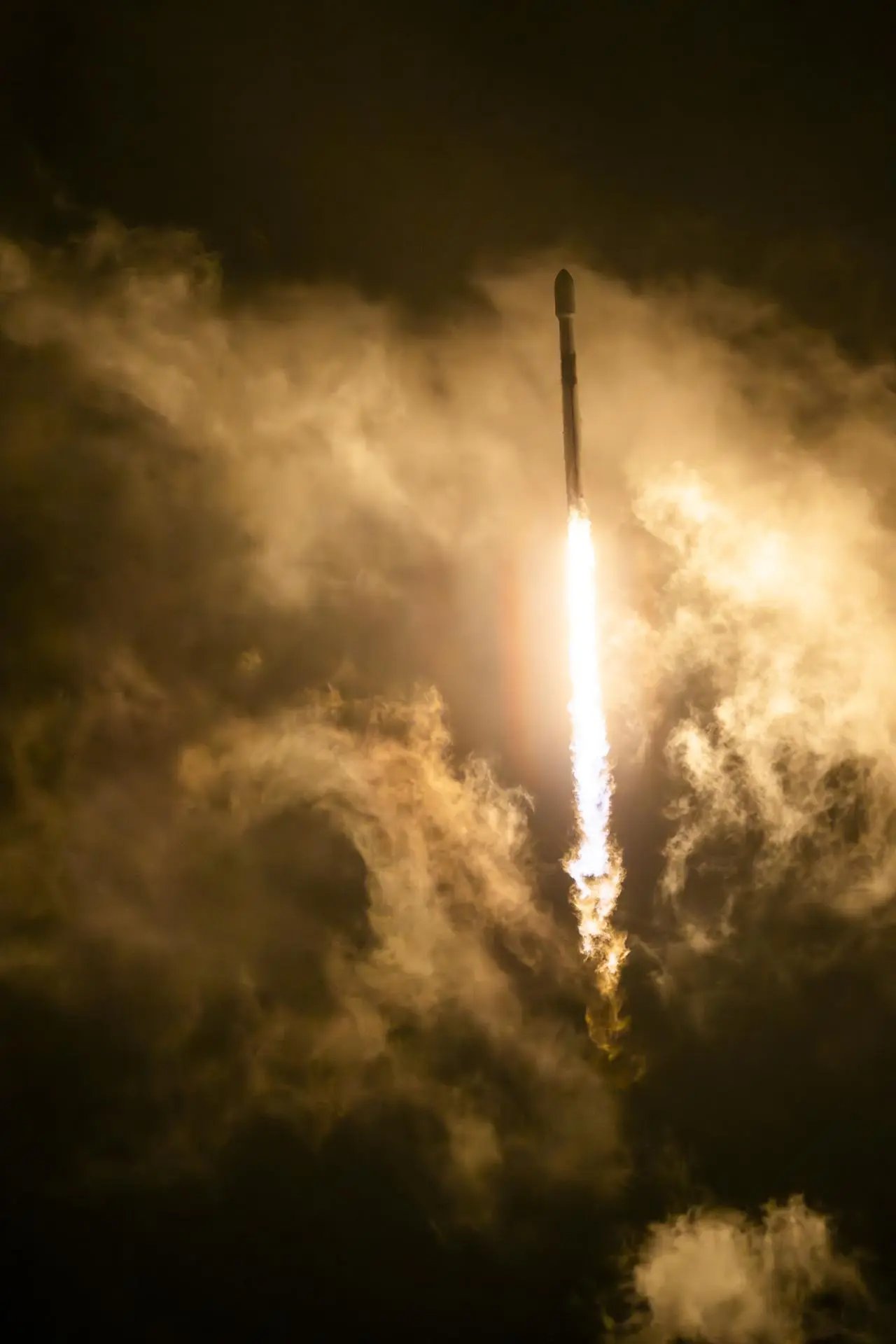The research conducted at NASA truly reflects the best of human ability and capacity. NASA is where despite all constraints, challenges and difficulties, the humankind rises above differences to solve our greatest challenges.
For the past several weeks, NASA’s InSight lander has been making adjustments to the seismometer it set on the Martian surface on Dec. 19. Now it’s reached another milestone by placing a domed shield over the seismometer to help the instrument collect accurate data. The seismometer will give scientists their first look at the deep interior of the Red Planet, helping them understand how it and other rocky planets are formed.
The Wind and Thermal Shield helps protect the supersensitive instrument from being shaken by passing winds, which can add “noise” to its data. The dome’s aerodynamic shape causes the wind to press it toward the planet’s surface, ensuring it won’t flip over. A skirt made of chain mail and thermal blankets rings the bottom, allowing it to settle easily over any rocks, though there are few at InSight’s location.
An even bigger concern for InSight’s seismometer – called the Seismic Experiment for Interior Structure (SEIS) – is temperature change, which can expand and contract metal springs and other parts inside the seismometer. Where InSight landed, temperatures fluctuate by about 170 degrees Fahrenheit (94 degrees Celsius) over the course of a Martian day, or sol.
On Earth, seismometers are often buried about four feet (1.2 meters) underground in vaults, which helps keep the temperature stable. InSight can’t build a vault on Mars, so the mission relies on several measures to protect its seismometer. The shield is the first line of defense.
A second line of defense is SEIS itself, which is specially engineered to correct for wild temperature swings on the Martian surface. The seismometer was built so that as some parts expand and contract, others do so in the opposite direction to partially cancel those effects. Additionally, the instrument is vacuum-sealed in a titanium sphere that insulates its sensitive insides and reduces the influence of temperature.
But even that isn’t quite enough. The sphere is enclosed within yet another insulating container – a copper-colored hexagonal box visible during SEIS’s
deployment. The walls of this box are honeycombed with cells that trap air and keep it from moving. Mars provides an excellent gas for this insulation: Its thin atmosphere is primarily composed of carbon dioxide, which at low pressure is especially slow to conduct heat.
With these three insulating barriers, SEIS is well-protected from thermal “noise” seeping into the data and masking the seismic waves.
Hard to believe, there are people who think that NASA is frivolous spending.
Today’s NASA’s actual $19 Billion Budget is less than half of what it was in mid 1960s at $48 Billion or $377 Billion inflation adjusted for today’s dollar.
All this science and research that gives us meaning, economic edge, and competitive advantage – all of it comes from this ½ percent investment, and it is this investment that has made United States a leading nation in the field of science.
Imagine for a moment if all the nations of the world competed with each other in space exploration as we compete in military prowess where the humankind would be today.
It is interesting how this [post_category] is evolving and impacting our lives.
I try to post [post_category] stories on my website, one for referencing back when you are writing something or researching, and two to share with everyone.
If you like this story you should check out some of the other stories in the Space
To check the original story Click here







